Glacier Bay National Park delivers some of the planet’s most jaw-dropping kayaking experiences. Located in southeastern Alaska, this pristine wilderness combines towering glaciers with abundant wildlife and sheltered waters, creating ideal conditions for paddlers at every skill level. The park’s distinctive geography features multiple inlets, bays, and fjords that spread out like fingers from the main bay. Each waterway has its personality and challenges.
Here’s a list of 18 incredible kayak routes that showcase the diverse beauty and adventure opportunities throughout Glacier Bay’s expansive waterways.
Bartlett Cove to Beardslee Islands, Alaska
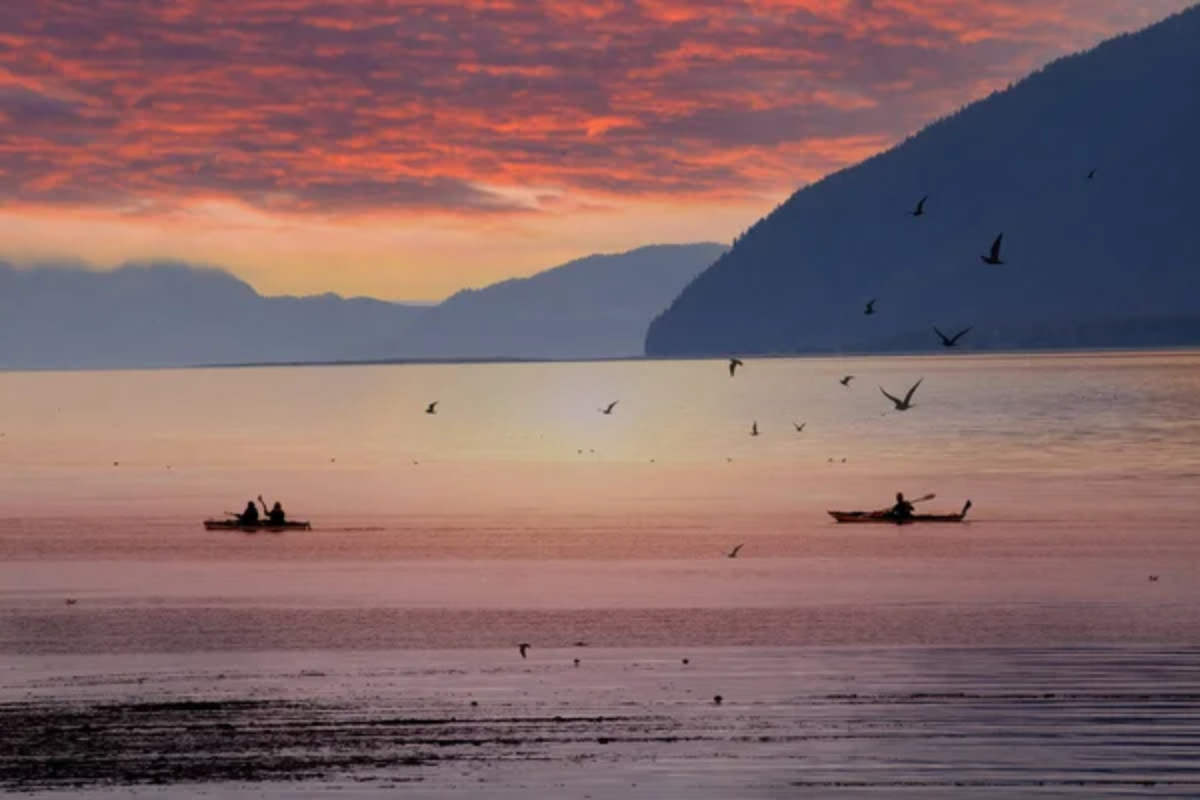
This beginner-friendly route launches from park headquarters and covers roughly 8 miles of sheltered waters. The Beardslee Islands offer excellent protection from wind and waves, making them perfect for newcomers getting their bearings.
Paddlers navigate calm channels between forested islands while spotting harbor seals lounging on rocky outcrops.
Muir Inlet to McBride Glacier, Alaska
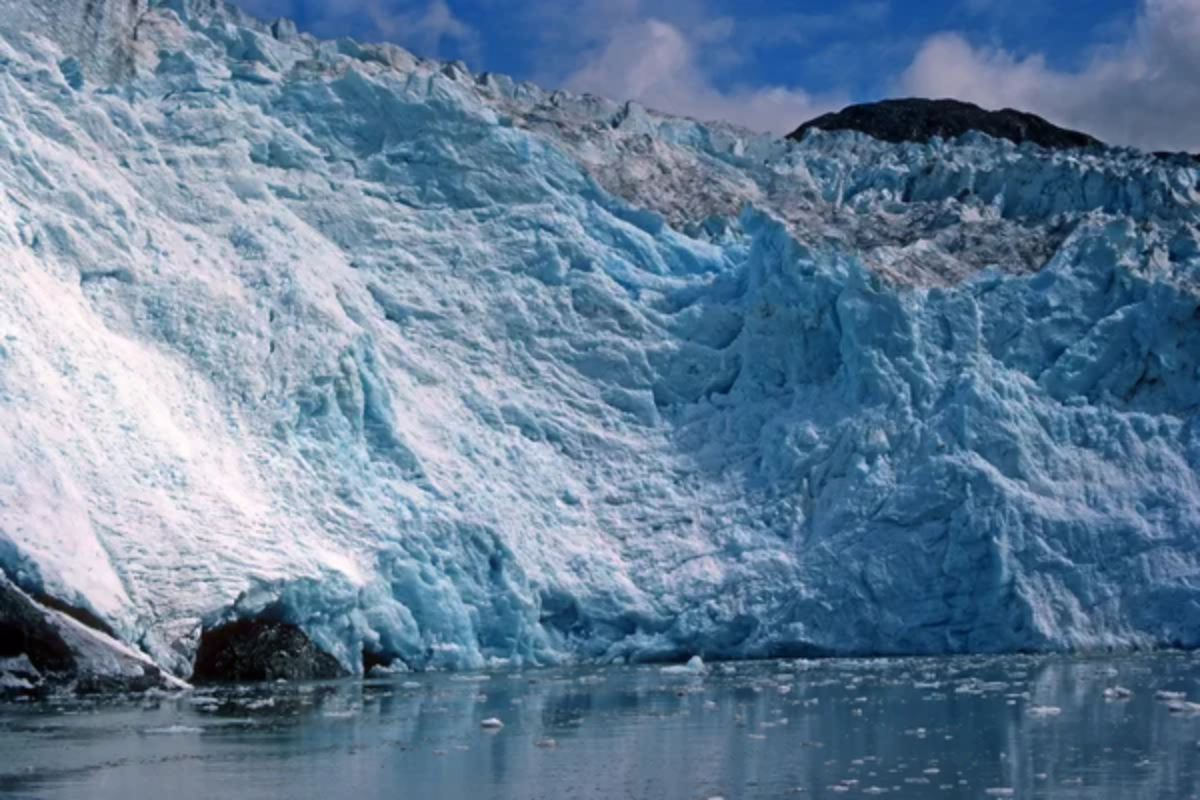
The 25-mile journey up Muir Inlet leads to one of the park’s most active tidewater glaciers. McBride Glacier regularly drops massive ice chunks into the inlet, creating a dynamic environment that transforms hourly.
This route demands careful timing with tides and weather, yet it rewards paddlers with front-row seats to glacial drama.
Like Travel Pug’s content? Follow us on MSN.
Tarr Inlet to Margerie Glacier, Alaska
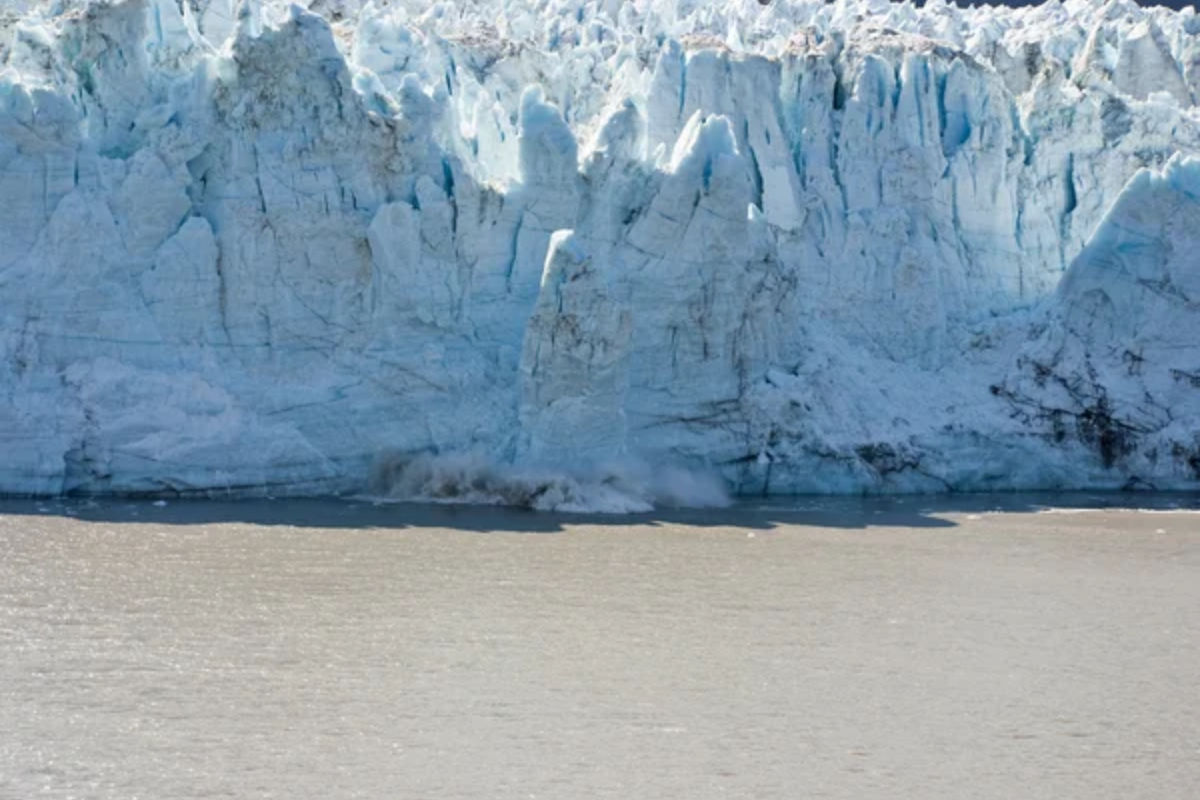
Perhaps the park’s most famous route, this 30-mile paddle takes you to Margerie Glacier’s face. Here you’ll witness spectacular calving events. The Grand Pacific Glacier sits right next door, creating an amphitheater of ice that feels like nature’s cathedral.
Park regulations require maintaining a quarter-mile distance from glacier faces for safety reasons.
Johns Hopkins Inlet Adventure, Alaska
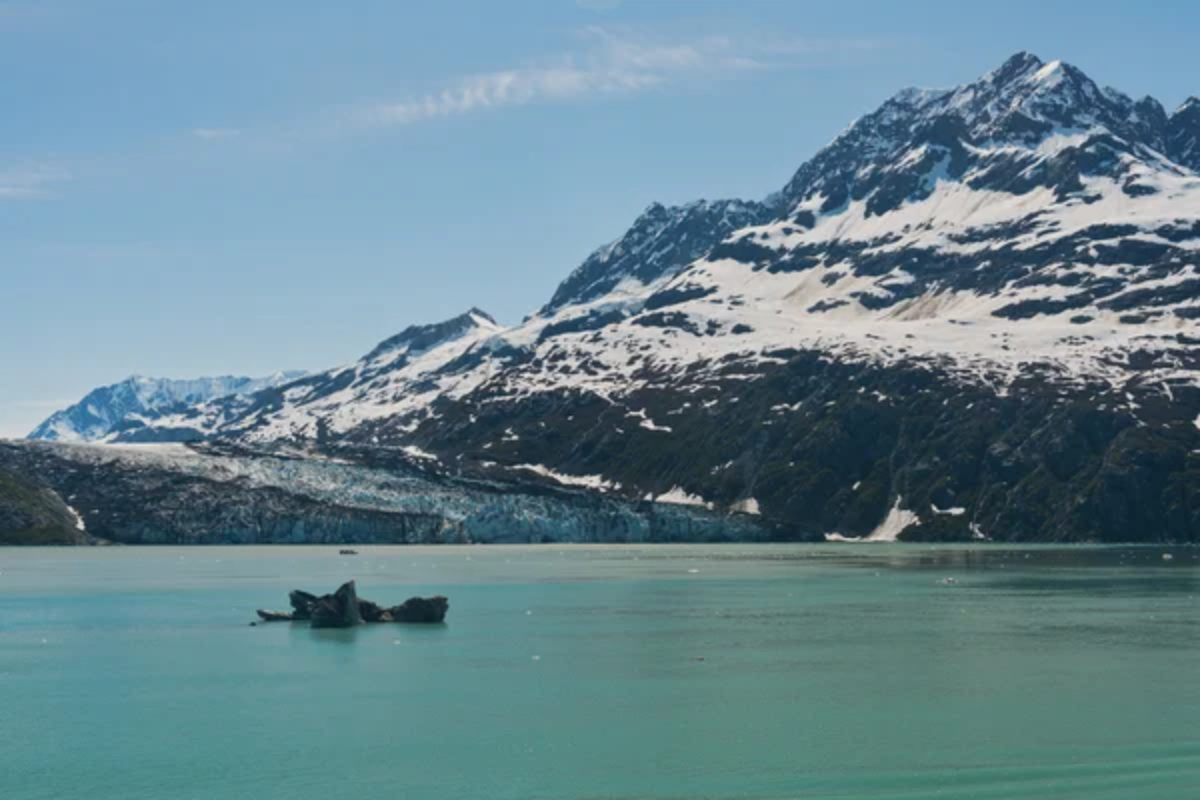
This challenging 35-mile route leads to Johns Hopkins Glacier, often regarded as the park’s most dramatic feature. The inlet narrows significantly as you approach the glacier, with steep mountain walls rising thousands of feet on both sides.
Heavy ice conditions frequently make this route accessible only during specific times of the year.
Reid Inlet to Reid Glacier, Alaska
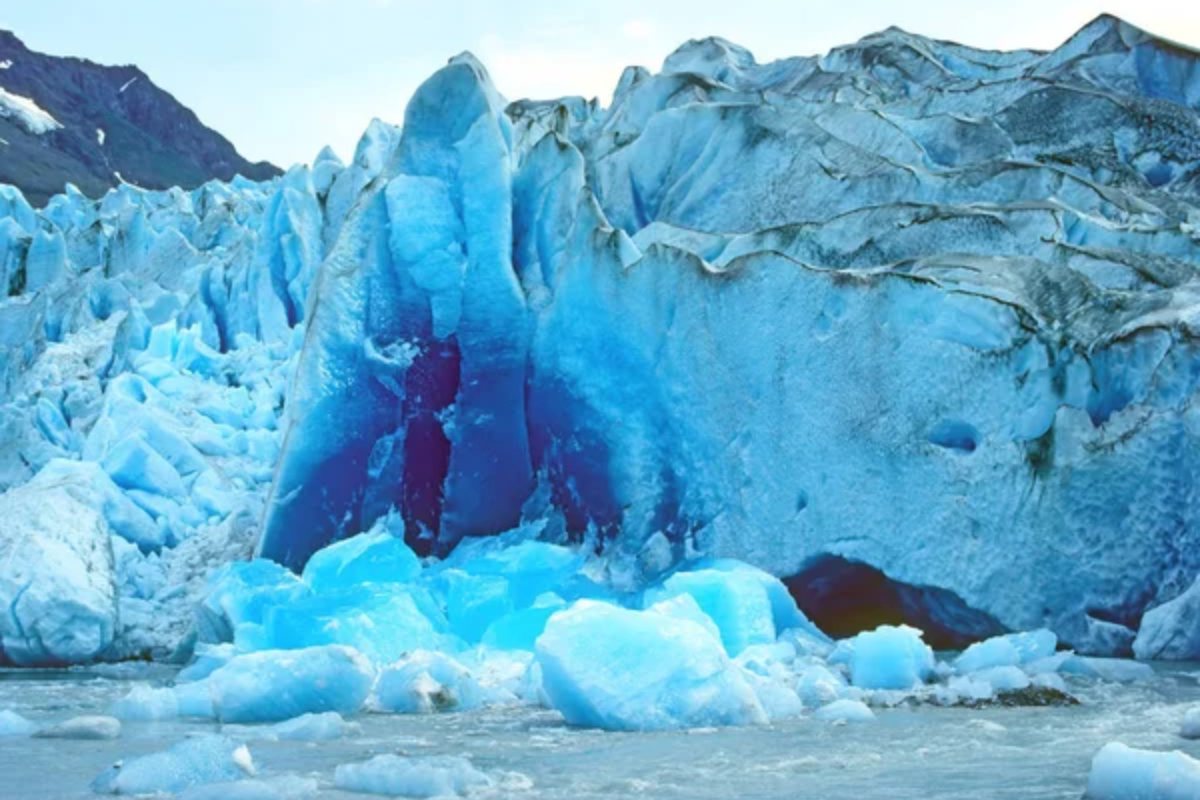
A moderate 15-mile paddle brings you to Reid Glacier, where you can explore the remnants of Joe Reid’s historic prospector cabin. The glacier has retreated dramatically over the past century, leaving behind a stunning lagoon filled with icebergs of various shapes and sizes.
This route offers excellent opportunities for wildlife photography.
Like Travel Pug’s content? Follow us on MSN.
West Arm Circumnavigation, Alaska
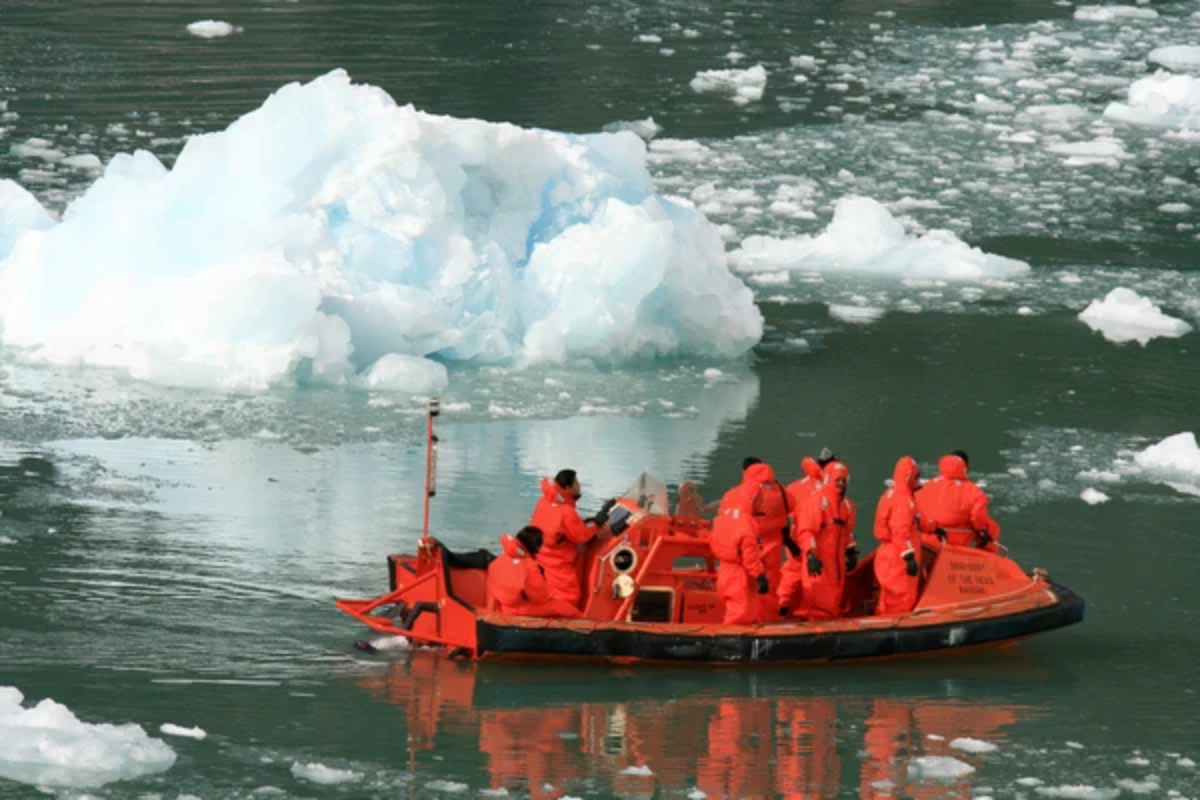
This ambitious 45-mile route takes experienced paddlers around the entire West Arm of Glacier Bay. You’ll encounter multiple glaciers—including Lamplugh and Johns Hopkins—while navigating changing conditions and challenging crossings.
The route typically requires four to five days, plus careful planning for camping spots and weather windows.
Rendu Inlet Exploration, Alaska
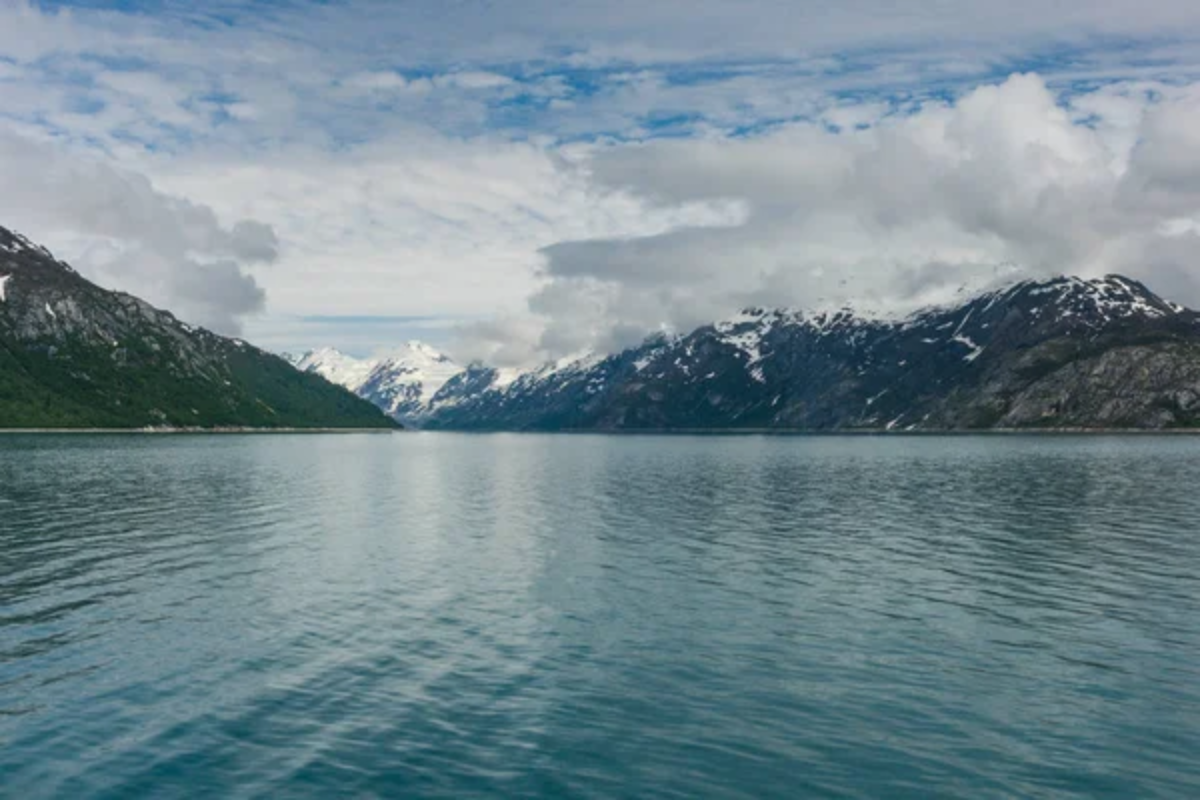
The 20-mile journey to Rendu Inlet offers a quieter alternative to more popular glacier routes. This area features dramatic waterfalls cascading down granite cliffs, plus excellent brown bear viewing opportunities along the shoreline.
The inlet’s protected waters make it ideal for intermediate paddlers looking to extend their skills.
Blue Mouse Cove to Carroll Glacier, Alaska
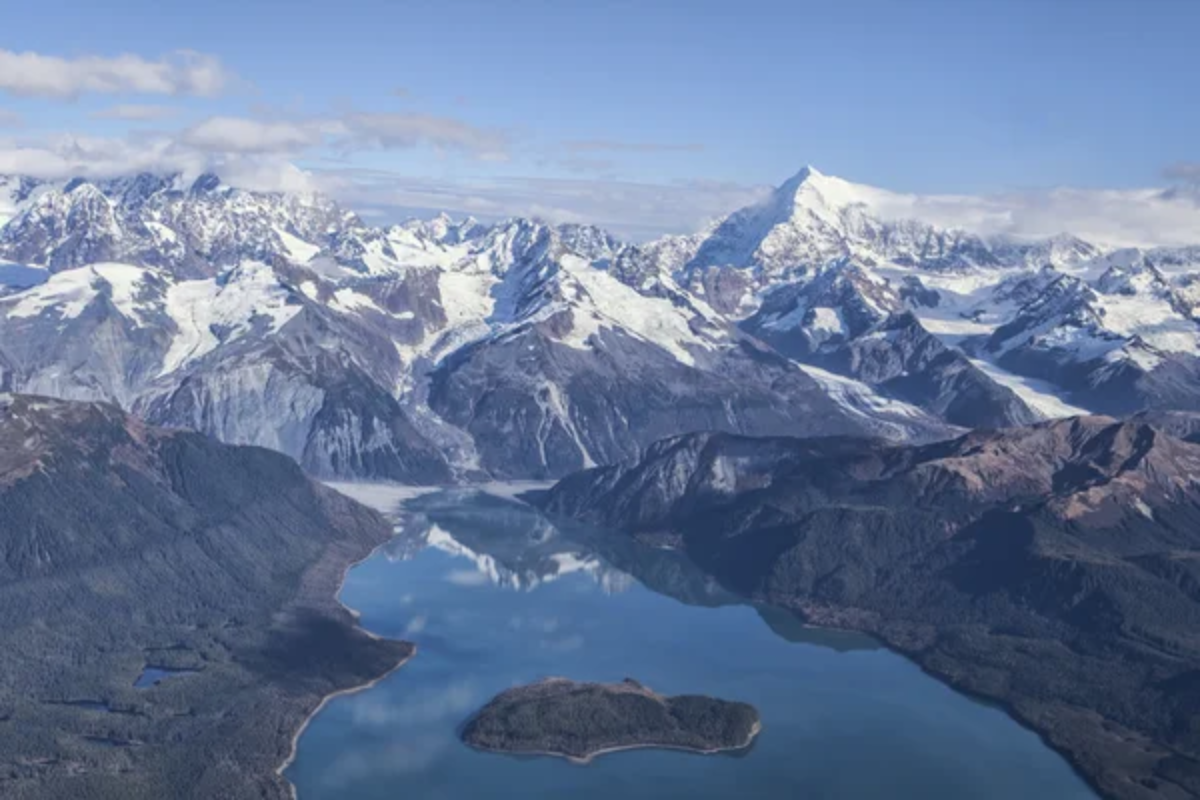
This scenic 18-mile route combines protected cove paddling with open water crossings to reach Carroll Glacier. Blue Mouse Cove serves as an excellent staging area, offering calm waters for meal breaks and wildlife observation.
The approach to Carroll Glacier provides stunning views of the Fairweather Range reflected in the water.
Like Travel Pug’s content? Follow us on MSN.
Queen Inlet Wilderness Route, Alaska

The 28-mile paddle up Queen Inlet takes you into some of the park’s most remote territory. This route features multiple glacier viewpoints, plus pristine camping opportunities on gravel beaches.
You’ll likely encounter fewer other visitors here, making it perfect for those seeking true wilderness solitude.
Geikie Inlet to Geikie Rock, Alaska
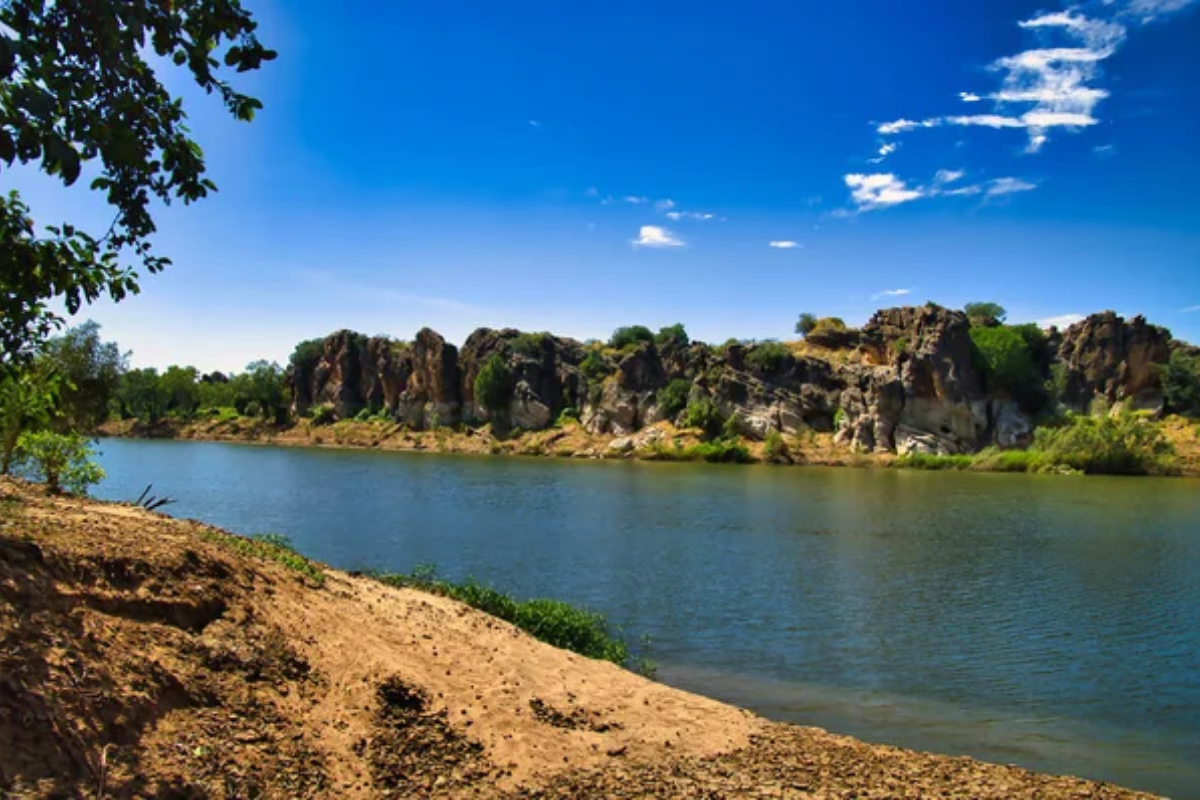
This moderate 12-mile route leads to Geikie Rock—a prominent landmark that serves as a navigation reference point for many paddlers. The rock formation rises dramatically from the water, creating unique photo opportunities while serving as a haul-out spot for Steller sea lions.
Strong currents around the rock require careful timing and navigation skills.
Berg Bay to Riggs Glacier, Alaska

The 22-mile paddle to Riggs Glacier offers spectacular mountain scenery and excellent wildlife viewing opportunities. Berg Bay provides a natural staging area with good camping beaches and weather protection.
The final approach to Riggs Glacier features stunning views of hanging glaciers cascading down steep valley walls.
Like Travel Pug’s content? Follow us on MSN.
Fingers Bay Multi-Day Circuit, Alaska
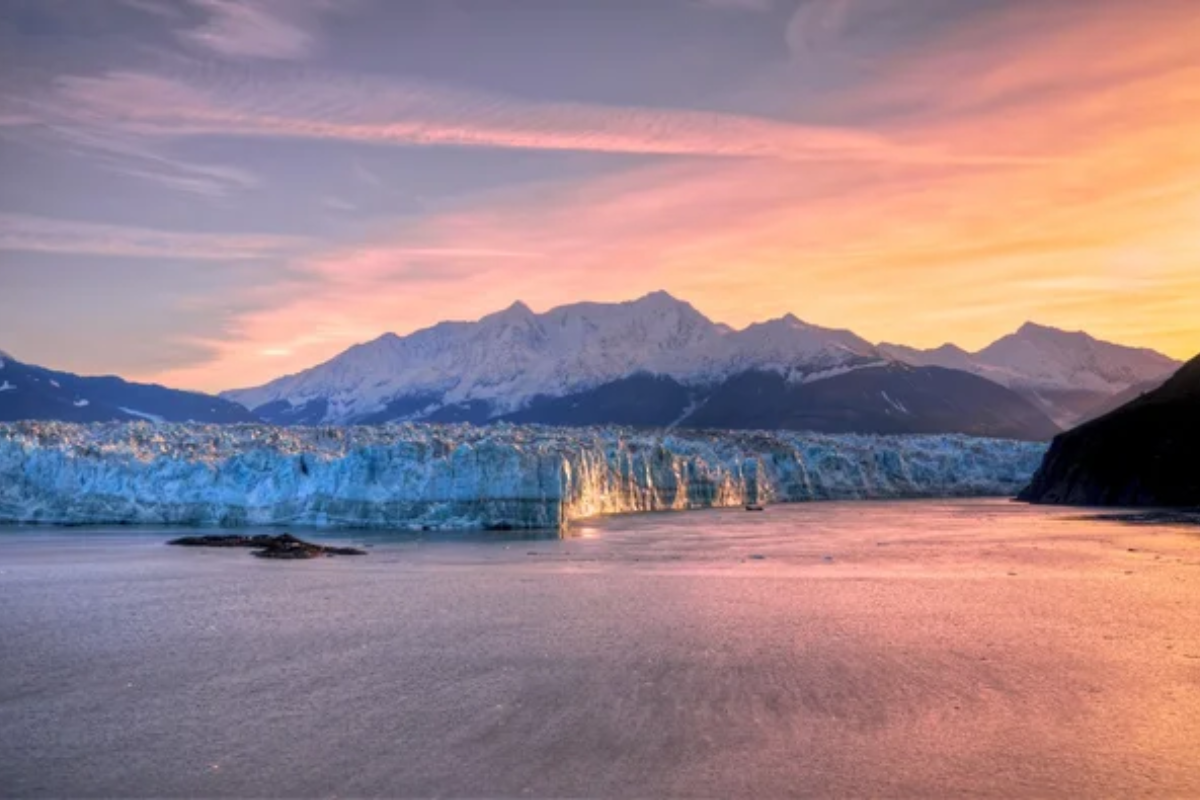
This challenging 40-mile circuit connects multiple inlets and bays over a period of three to four days. The route gets its name from the finger-like projections of water that extend into the surrounding mountains.
Each ‘finger’ offers unique characteristics, from glacier viewing to wildlife habitat, creating a diverse paddling experience that keeps things interesting.
Russell Island Circumnavigation, Alaska

This 14-mile route around Russell Island provides excellent training for intermediate paddlers developing their open water skills. The island’s varied coastline features sandy beaches, rocky points, and protected coves, making it perfect for lunch stops.
Tidal currents around the island can be strong, requiring careful planning and solid navigation skills.
East Arm Explorer Route, Alaska
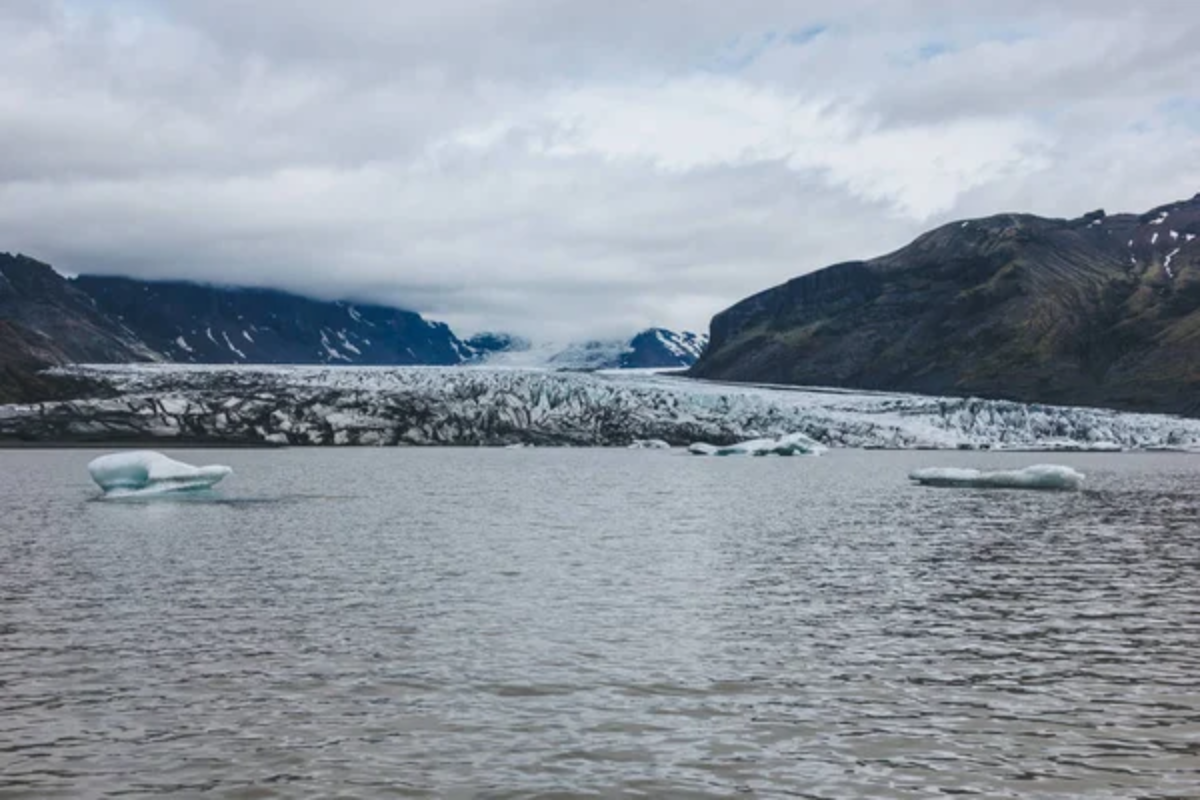
The 32-mile East Arm route takes paddlers through some of the park’s most diverse ecosystems. As you travel deeper into the arm, you’ll encounter everything from dense temperate rainforest to barren glacial landscapes.
This route offers excellent opportunities for multi-day camping and extended wildlife observation sessions.
Like Travel Pug’s content? Follow us on MSN.
Beartrack Cove to Gilbert Peninsula, Alaska
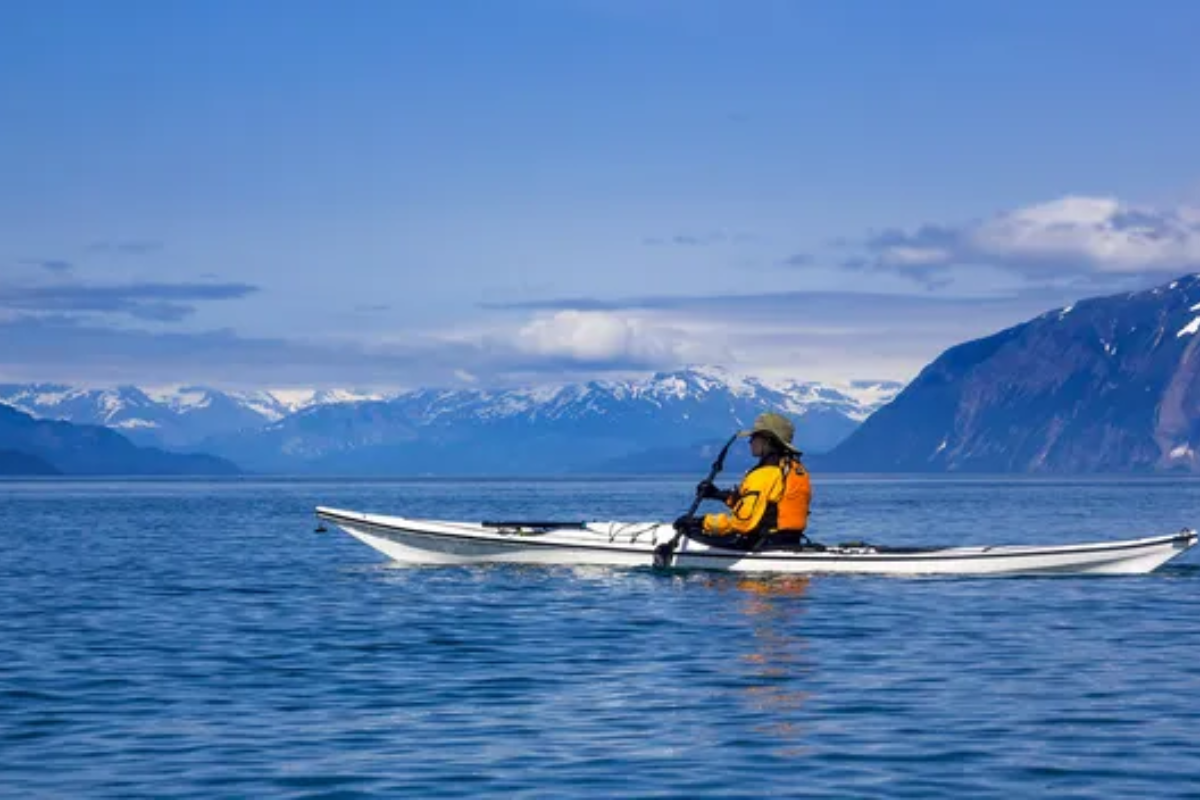
A moderate 19-mile route that explores the less-visited eastern shores of Glacier Bay. Beartrack Cove offers excellent bear viewing opportunities, particularly during late summer salmon runs.
The paddle to Gilbert Peninsula provides stunning mountain views and access to secluded camping beaches that feel worlds away from civilization.
Drake Island to Composite Island, Alaska
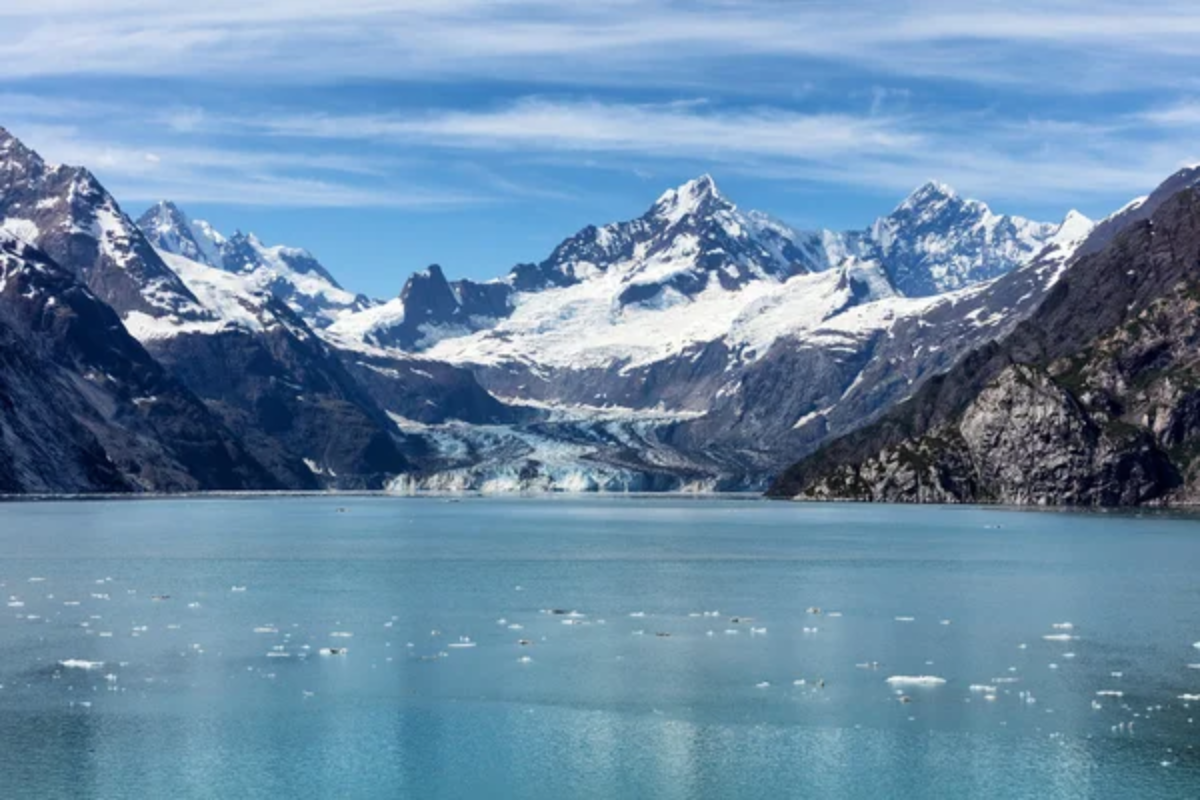
This 13-mile island-hopping route is ideal for paddlers who want to visit several landings in one day. Both islands have distinctive geology and a variety of wildlife habitats.
The route has multiple channel crossings to boost confidence for future longer expeditions.
Plateau Glacier Overlook Route, Alaska
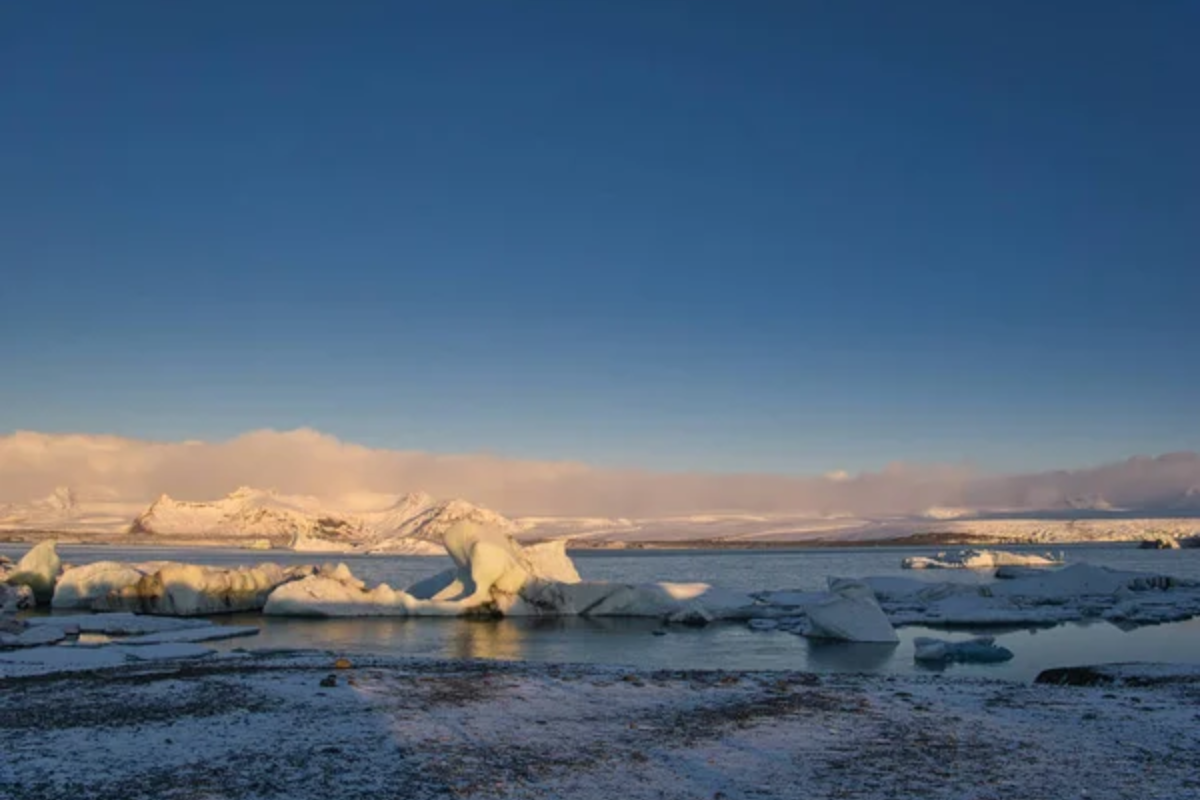
This tough 24-mile hike offers breathtaking views of Plateau Glacier, a hidden gem in the park. You’ll have to tackle a few miles of open water and navigate through narrow inlets with strong currents.
If you have some experience under your belt, this part of the journey offers an exciting blend of technical paddling and the stunning beauty of untouched nature.
Like Travel Pug’s content? Follow us on MSN.
Grand Pacific Glacier Northern Approach, Alaska
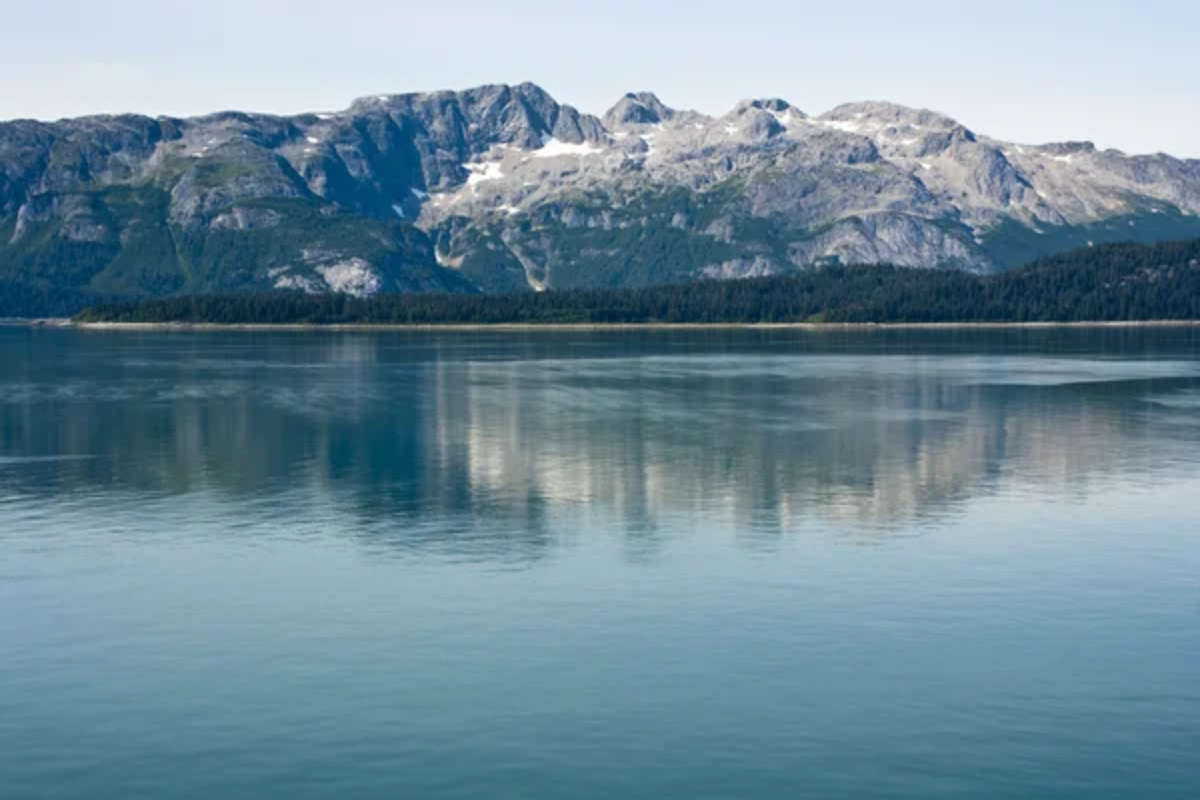
This expert-level 38-mile trip visits Grand Pacific Glacier from the north, providing impossible views not accessible from the normal Tarr Inlet route. This route spans international boundaries and extends into Canadian waters, necessitating special permits and expert navigation skills.
Difficult ice conditions and severe weather conditions make this only feasible for the most skilled paddlers.
Where Ancient Forces Shape Tomorrow’s Adventures
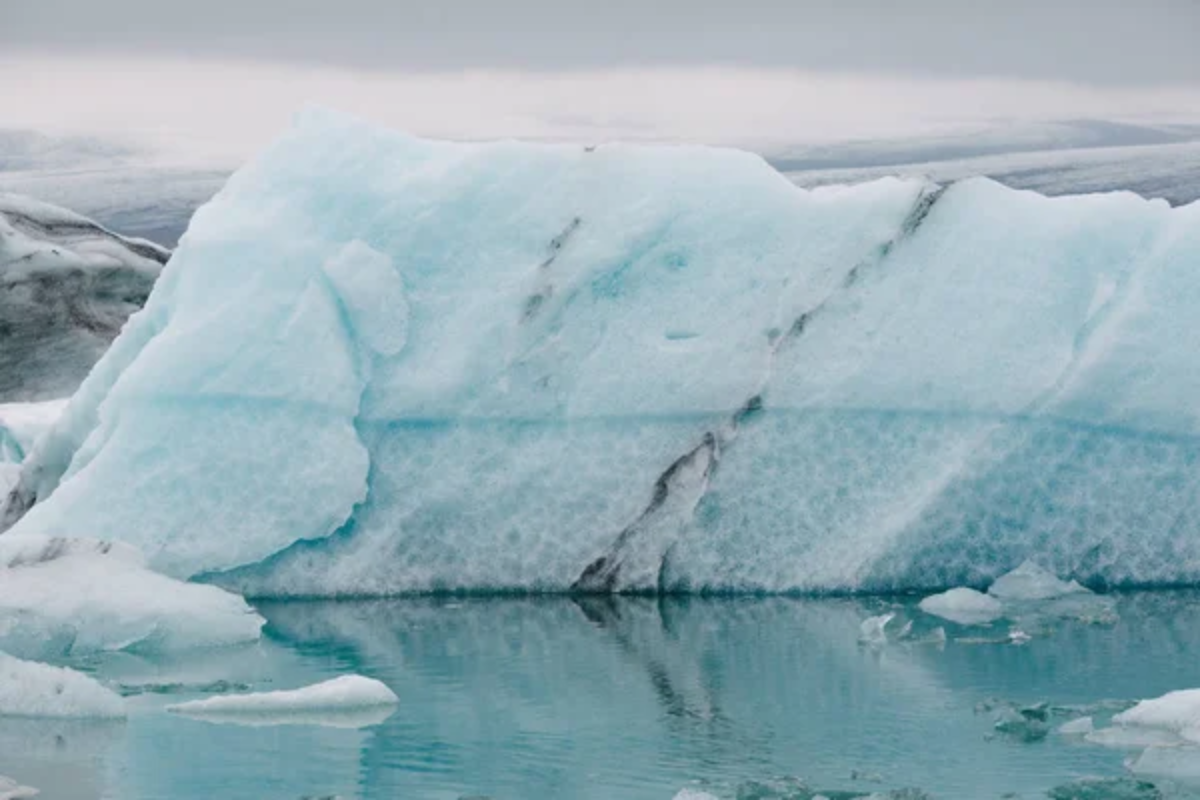
Today’s kayakers navigate through waters shaped by glaciers that are constantly advancing and retreating, carving out new channels while closing off others in a never-ending cycle of natural transformation. The same powerful forces that created these stunning fjords are still at work, ensuring that future generations of paddlers will uncover routes and vistas that haven’t even been imagined yet.
With every stroke of your paddle, you become part of this ancient interplay between ice and water, turning each trip through Glacier Bay into a one-of-a-kind adventure in one of the last great wildernesses on our planet.
More from Travel Pug

- 20 Best Beach Towns in the Carolinas
- 13 Destinations Where Tourists Regularly Regret Their Trip
- 20 Destinations That Are More Magical Without an Itinerary
- 20 Underrated Adventures That Belong on Your Travel List
- 20 Cities Where You Should Just Wing It, No Planning Required
Like Travel Pug’s content? Follow us on MSN.
